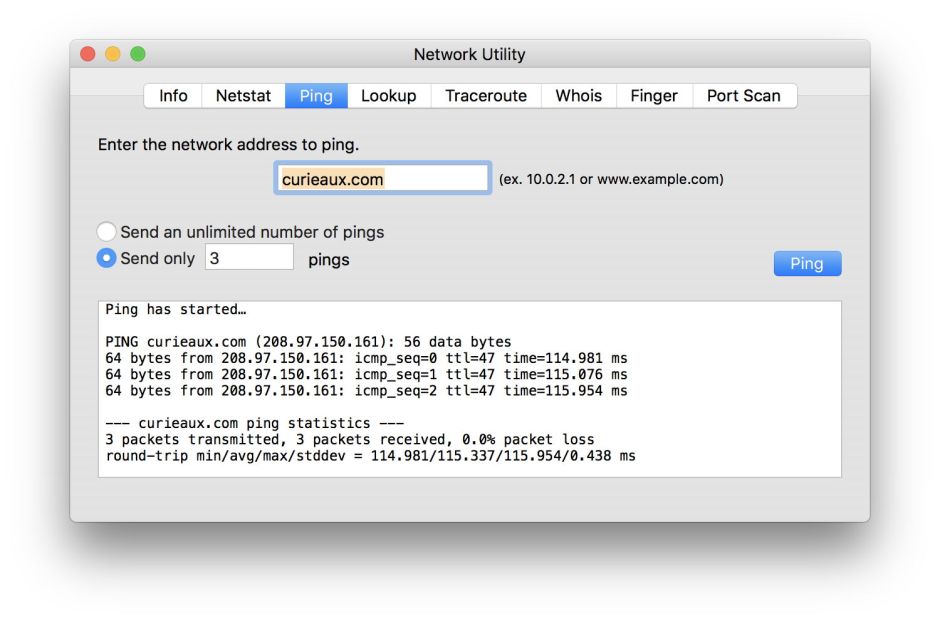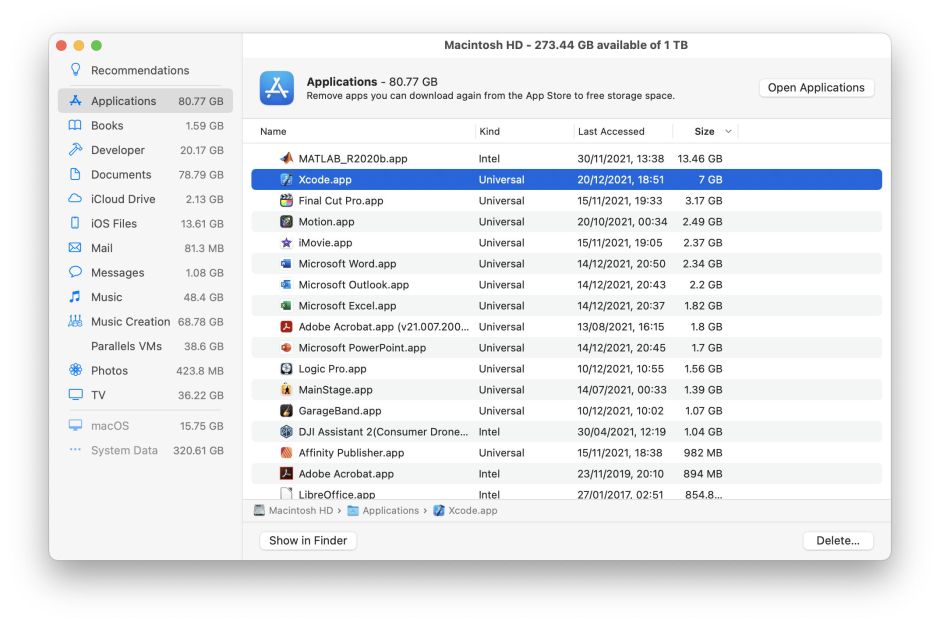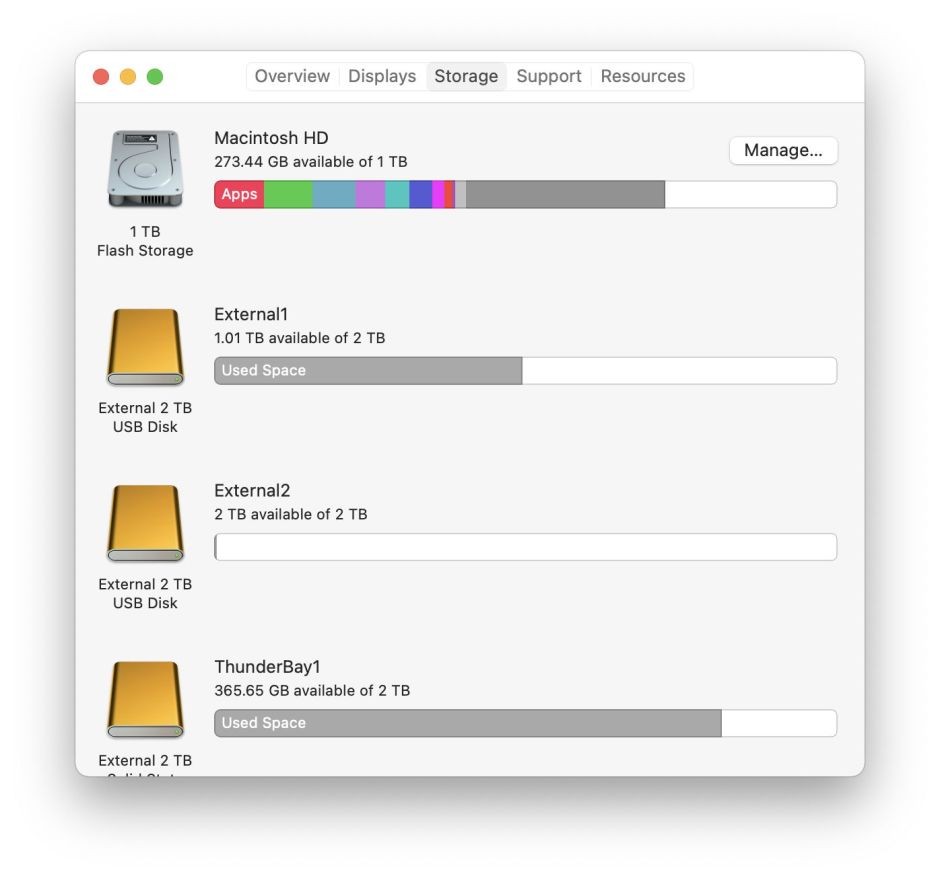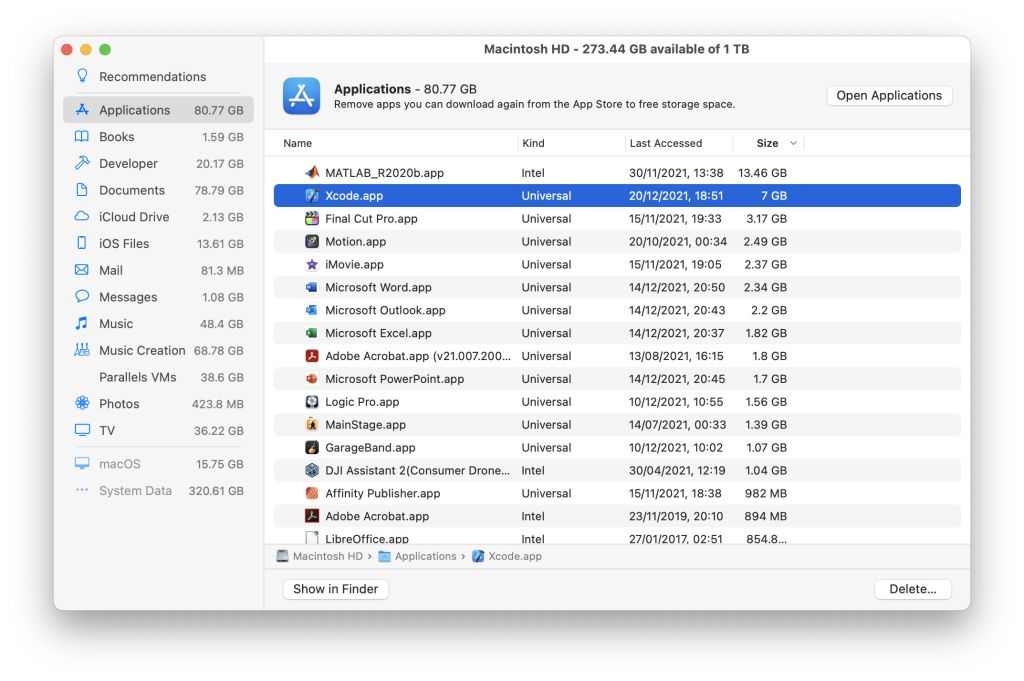This article concludes my look at the useful apps hidden away in /System/Library/CoreServices/Applications.
About This Mac shows the familiar window normally accessed through the Apple menu.
Archive Utility
One of the first things I do when I’m setting up a new Mac is to add this app to the Dock, so that I can have drag-and-drop access to it, and ready access to its preferences. Unless you’re totally committed to using a third-party alternative, this is likely to be one of the most frequently used apps in this folder.

If you’re going to use Archive Utility, it’s important to set its preferences up carefully. It has options to leave or remove the source file(s), and most importantly has a choice of archive formats. Those now include Apple Archive, the same format available in my free utility Cormorant, and the command tool aa. Although you should avoid using Apple Archive when sending files to those using Windows and other operating systems, it’s efficient and performs particularly well on Apple Silicon systems.
DVD Player is normally launched automatically when a playable DVD is inserted into a supported optical drive, but doesn’t support Blu-ray disks, for which you’ll need a third-party player.
Expansion Slot Utility is for Mac Pro 2019 models only.
Feedback Assistant provides feedback to Apple for those taking part in its beta software program and its relatives, but can’t normally be used to send Apple feedback.
Folder Actions Setup lets you control which folders have scripted actions, and gives global control over whether Folder Actions are enabled.
iOS App Installer is used automatically on Apple Silicon models to install purchased iOS and iPadOS apps.
Network Utility is now completely non-functional, as Apple decided to ‘deprecate’ it with Big Sur. To use standard network testing with ping and other features, you now have to use their respective command tools in Terminal.

It formerly provided easy access to several widely used features, including
- Lookup, which is valuable for discovering the IP address for a URL location.
- Ping, which lets you test reachability of an IP address or URL location.
- Traceroute, which tells you all the intermediate internet routers in the path to a given IP address or URL location.
- Whois, which returns known information about a given address.
Their use is explained in this article.
Command substitutes for these include
nslookup[IPaddress|location]ping[IPaddress|location]traceroute[IPaddress|location]whois[IPaddress|location]
where [IPaddress|location] is the IP address or URL location. While these aren’t exactly difficult, Apple’s decision is hardly user-friendly.
I’m very grateful to Jeff Johnson of @lapcatsoftware for letting me know that you can still get an old copy of Network Utility from macOS Catalina to run, even on an M1 Mac running Monterey. He writes that ‘the trick is to replace the code signature with an ad hoc one:
codesign -s - -f "/Applications/Network Utility.app"
and you have to install Rosetta.’
Which only serves to demonstrate how little effort it would have been for Apple to continue to provide this useful utility.
Screen Sharing uses Apple’s port of VNC to connect to another Mac and view its screen. Sharing the screen of a Mac is enabled in the Sharing pane; normally connecting to that Mac is performed using Finder’s Connect to Server command, or in its Locations. If both Macs are signed in using the same Apple ID, the session starts once the user name and password have been entered, otherwise you’re prompted to enter the user name and password for the other Mac.
Storage Management
You would normally access this through About This Mac, then selecting the Storage item, and clicking on the Manage… button, but it’s a useful app in its own right.

Run the Storage Management app and it opens in System Information, showing the storage management options. Wait until the busy spinners have completed working out the space used by different classes of item at the left, and you’ll see a useful breakdown of what your Mac’s Data volume is being used for.

Select one of the categories listed at the left, and its contents will be listed in decreasing order of the space used by each item. Select an item to have the option of showing it in the Finder or deleting it. However, what you see here isn’t as accurate as you might expect. Its sizes don’t necessarily match those shown in the Finder, and can be extremely misleading. For example, here it reports that Xcode has a size of 7 GB, when the Finder reports it as occupying nearly 35 GB. Apple appears unable to explain such discrepancies.

Also available from its Window menu is the Storage item from the About This Mac window. If opening that directly through the Storage item in About This Mac causes problems or discrepancies, this is the best route of access. However, all these figures must be treated with great suspicion: in this case, well over 300 GB is reported as “System Data”, presumably including much of what is installed in Xcode?
Ticket Viewer is a utility which gives access to Kerberos tickets. Unless Kerberos is in use, this is non-functional.

